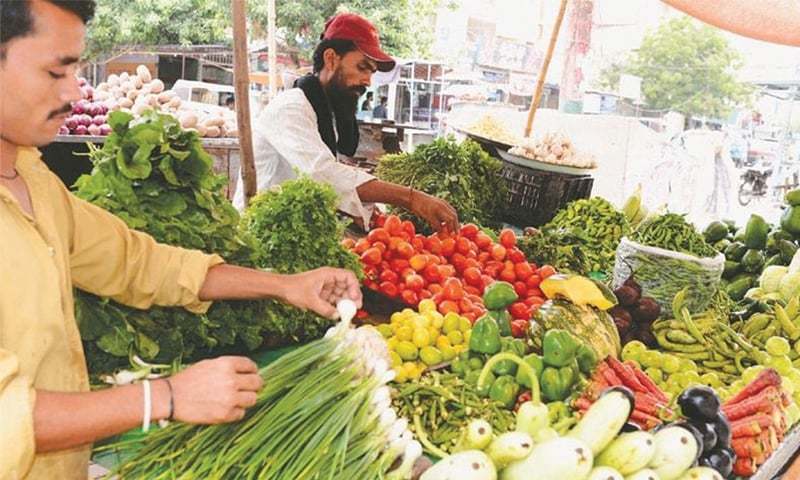The inflation rate skyrocketed, reaching 38.9% in remote regions while rising to 33% in urban areas.
According to the country’s statistics office, Pakistan’s yearly inflation rate broke through 35% in March for the first time since data started being collected in July 1965.
According to Pakistan Bureau of Statistics (PBS) data, at least three categories of consumer products have already experienced an annual price increase of around 50%, indicating that the nation is rapidly moving towards hyperinflation.
But compared to February, the monthly inflation percentage fell to 3.7% in March.

The rate of price growth supported the finance ministry’s predictions, which were made just a day earlier and stated that inflation was anticipated to remain high due to market tensions brought on by the relative demand and supply gap for necessities, exchange rate depreciation, and most recently increased administered prices for gasoline and diesel.
The situation with regard to inflation has reached its worst, plunging the people into misery as their buying power has rapidly decreased and prices for almost all consumables have skyrocketed over a period of months.
Core inflation rose in March to 18.6% in urban areas and 23.1% in rural areas. Core inflation was determined after excluding the fluctuating energy and food costs.
Analysts predict that Pakistan will experience hyperinflation, which occurs when costs are out of control and have increased by 50%.
According to PBS, the inflation rate skyrocketed, reaching 38.9% in remote regions while rising to 33% in urban areas.
The disruption of supply networks and lax controls were the main causes of the sharp rise in food prices.
According to PBS statistics, food inflation considerably increased to 47.1% in cities and a sharp 50.2% rise in rural regions last month.
Even the regular supply of necessary foods cannot be guaranteed by the federal or provincial administrations.
Prices are rising at a time when the economy has shrunk considerably, destitution is on the rise, and unemployment is at an all-time high.
The majority of consumer products’ costs stayed out of reach for most people, and remote regions, where income levels were already low, saw a significant increase.
Prices for the food category increased 47.15% in March compared to the same month last year.
Both perishable and non-perishable food products were in record demand.
CPI breakdown
Due to the container backlog, the weaker rupee against the dollar, and the strict policies put in place by the Ishaq Dar-led Ministry of Finance in an effort to win over the International Monetary Fund, the inflation rate—which has lingered above 20% since June after the coalition government restricted imports—has been escalating. (IMF).
The trade Price Index (WPI), which tracks costs in the trade market, also increased significantly from 23.8% in March 2013 to 37.5% in March 2014.
According to the PBS, both metropolitan and rural regions saw a rise in the overall inflation rate. Urban regions saw an increase in inflation of 33% in March while remote areas saw an increase of 38.9%. In March of last year, the metropolitan inflation rate was 11.9%, while the country inflation rate was 13.9%.

